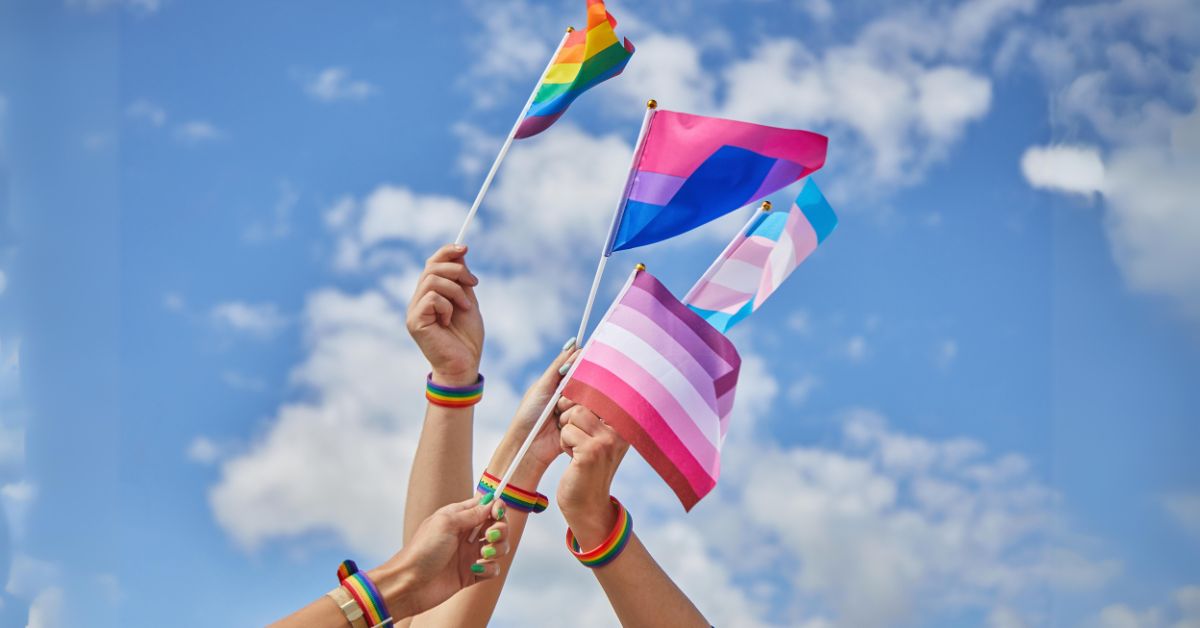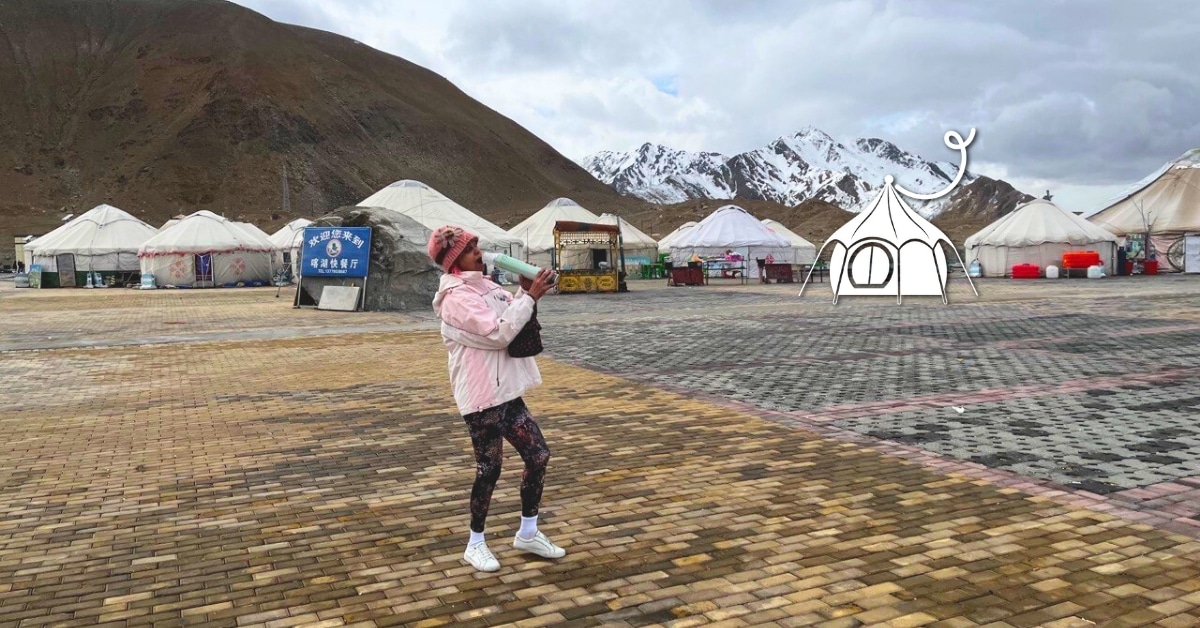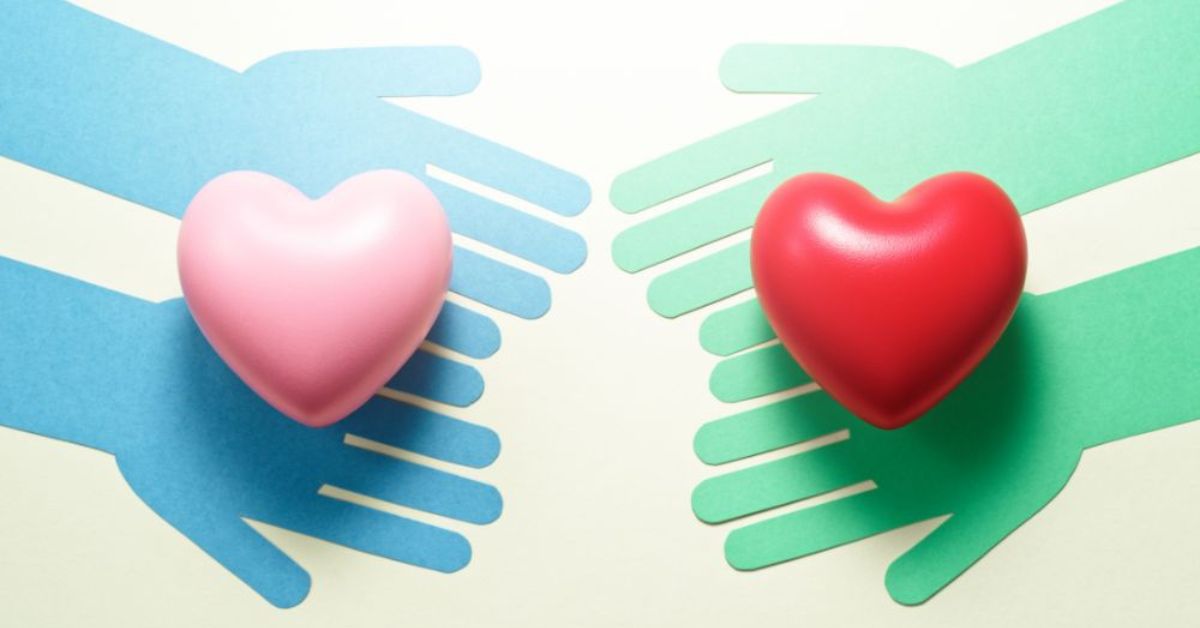
For silvers who might not be as in tune with current zeitgeist, understanding the terms and definitions relevant to the evolving LGBTQIA+ community can be difficult. Setting personal beliefs aside, having a thorough understanding of the community will better allow you to form informed opinions and hold nuanced conversations with friends or family when discussing the topic.
LGBTQIA+: Sex, Gender Identity and Sexual Orientation

LGBTQIA+
L esbian (Sexual Orientation)
A woman who is exclusively attracted physically, romantically, and/or emotionally to other women. Some lesbians may prefer to identify as gay or as gay women.
G ay (Sexual Orientation)
An individual who is sexually or romantically attracted to people of their own sex. Although generic in nature, the identification is typically associated with men.
B isexual (Sexual Orientation)
An individual who can form physical, romantic, and/or emotional attractions with more than one gender.
T ransgender (Gender Identity)
An individual whose gender identity differs from their sex. Some transgenders may request hormone prescriptions or surgery to align their physical body with their gender identity.
- Transwoman: those whose sex assigned at birth is male, but gender identity is female.
- Transman: those whose sex assigned at birth is female, but gender identity is male.
Q ueer or Questioning (Gender Identity)
Although previously deemed a pejorative term, queer has grown to be more acceptable as an umbrella term for those who feel as if the present abbreviations within LGBTQIA+ limiting. Queer includes individuals who are nonbinary (their gender identity is neither male nor female), are gender fluid (changes their gender identity throughout different periods of their lives) and more.
The letter “Q” can also represent questioning; those who are still uncertain about their gender identity or sexual orientation can identify themselves as such and be part of the LGBTQIA+ community.
I ntersex (Gender Identity)
An individual born with both male and female sex characteristics at the same time. This can include a mismatch in genitals, internal reproductive organs and chromosomes. For example, an individual can be born with one gender’s genitals, but another gender’s internal reproductive organs.
Up to 1.7% of the world population has intersex traits; it is not deemed a disease, thus does not require treatment. Intersex can be visible during birth, emerge during puberty, or not be known at all throughout an individual’s life. Not all individuals who possess intersex traits wish to be identified as one. It also does not interfere with an individual’s gender identity.
A sexual (Sexual Orientation)
An individual who experiences very little to no sexual attraction. However, those who identify as asexual can still choose to engage in sexual relationships. They can experience attraction in relationships in other forms, including romantic, aesthetic, emotional attraction and more.
+
The plus in the LGBTQIA+ symbolises inclusivity for more identities within the community that are not part of the abbreviations and for all other identities that have yet to be fully comprehended and described. Some of the identities that fall under this category include:
- Pansexual: being sexually or romantically attracted to an individual regardless of their gender
- Demisexual: experiencing sexual feeling and attractions exclusively after the development of a close emotional relationship
- Aromantic: experiencing little to no romantic attraction to anyone






